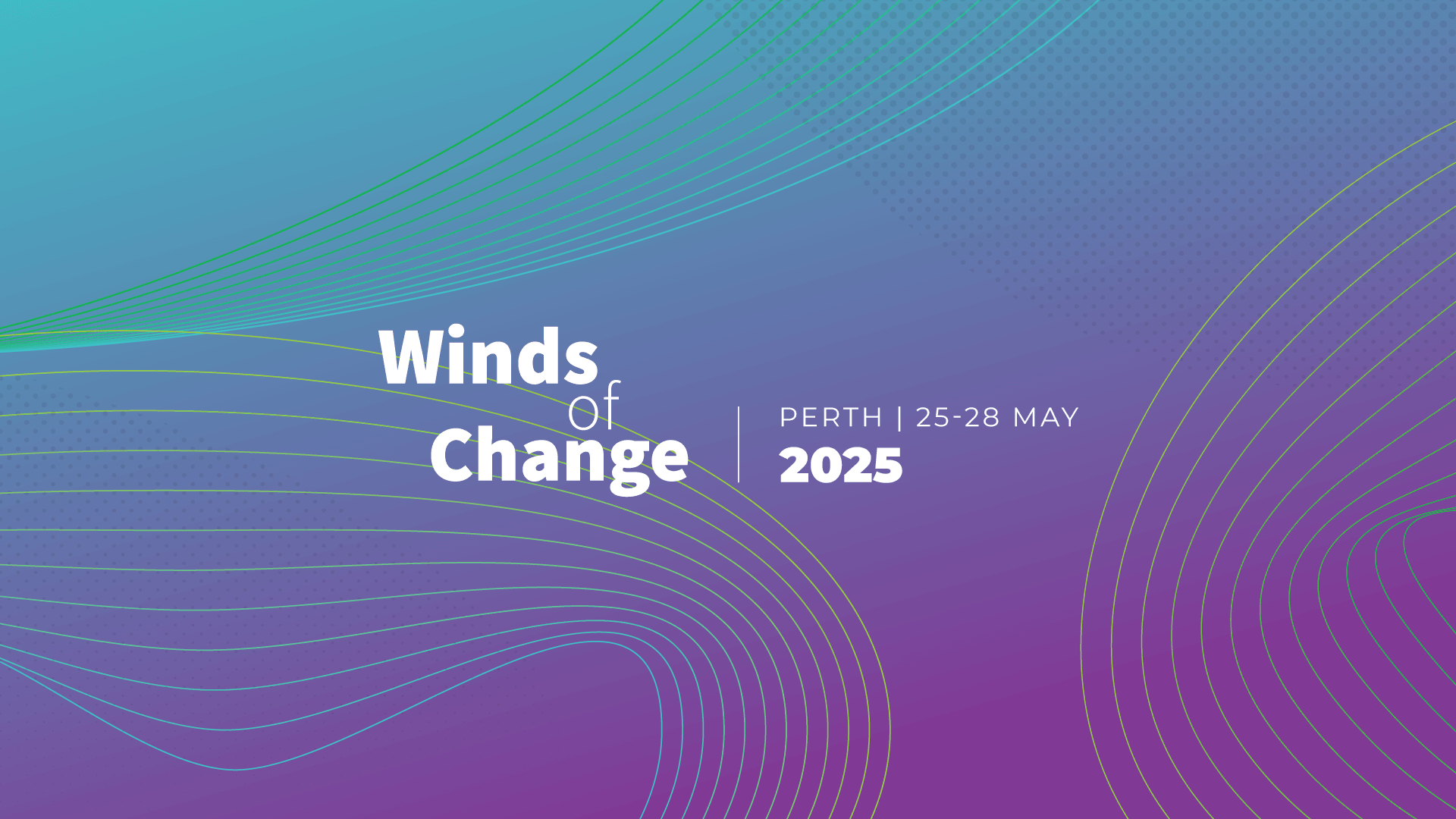
Enable innovations to continuously drive change
May 26 2025, 11:25 - 11:40 (AWST)

In the rapidly changing digital landscape, higher educational institutions need to maintain a balance of flexibility, value, and support from their software solutions. New innovations and IT services offer new possibilities for the educational sector while presenting technical, economic, and cultural challenges.
A service-oriented approach combined with a structured method for cost management may not only manage change effectively but also act as an enabler. With an agile IT environment, a flexible IT architecture, and established cost management strategies, the digital acceleration in higher education can be effectively supported.
Traditionally, one function is supported by one IT system which aims to provide all necessary functions, be it a Student Information System (SIS), an Enterprise Resource Planning (ERP) system, or a Learning Management System (LMS). However, needs evolve, necessitating the segmentation of functionalities as they are better supported by specialized solutions, such as managing payroll or personal development outside the core systems. This evolution can be constrained by integration capabilities, information exchange, user interface, and interaction limitations, as well as sunk costs in the core system, regardless of usage.
A well-thought-out strategy for integrating best-of-breed services with active and continuous IT cost management can enable higher educational institutions to leverage new innovations and offerings in a cost-efficient manner.
THETA acknowledges the Traditional Owners of the lands where we live, learn and work. We pay our respects to Elders past and present and celebrate the stories, culture and traditions of all First Nations people.
